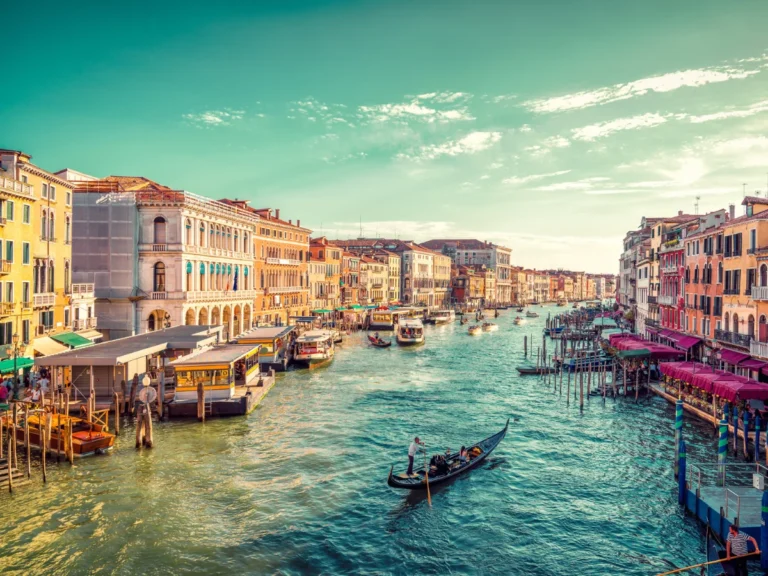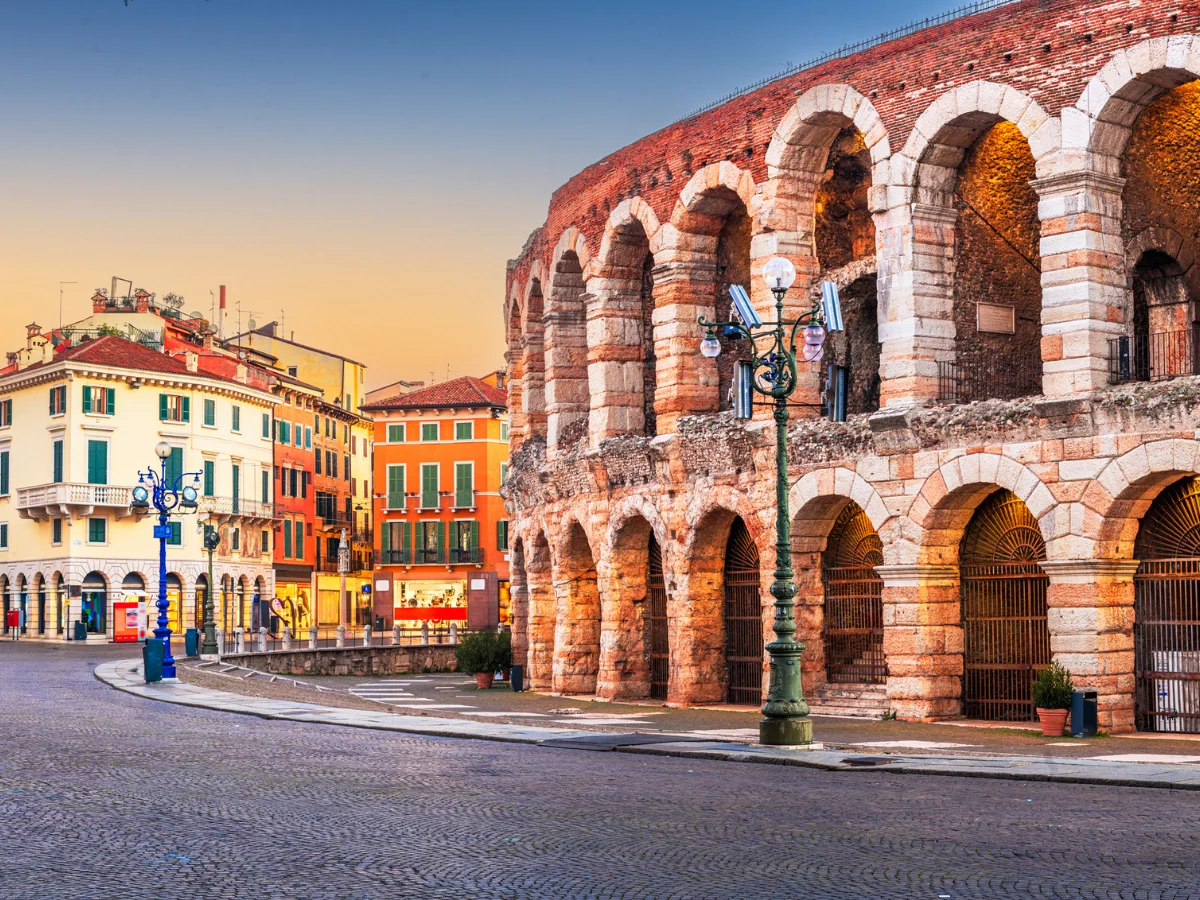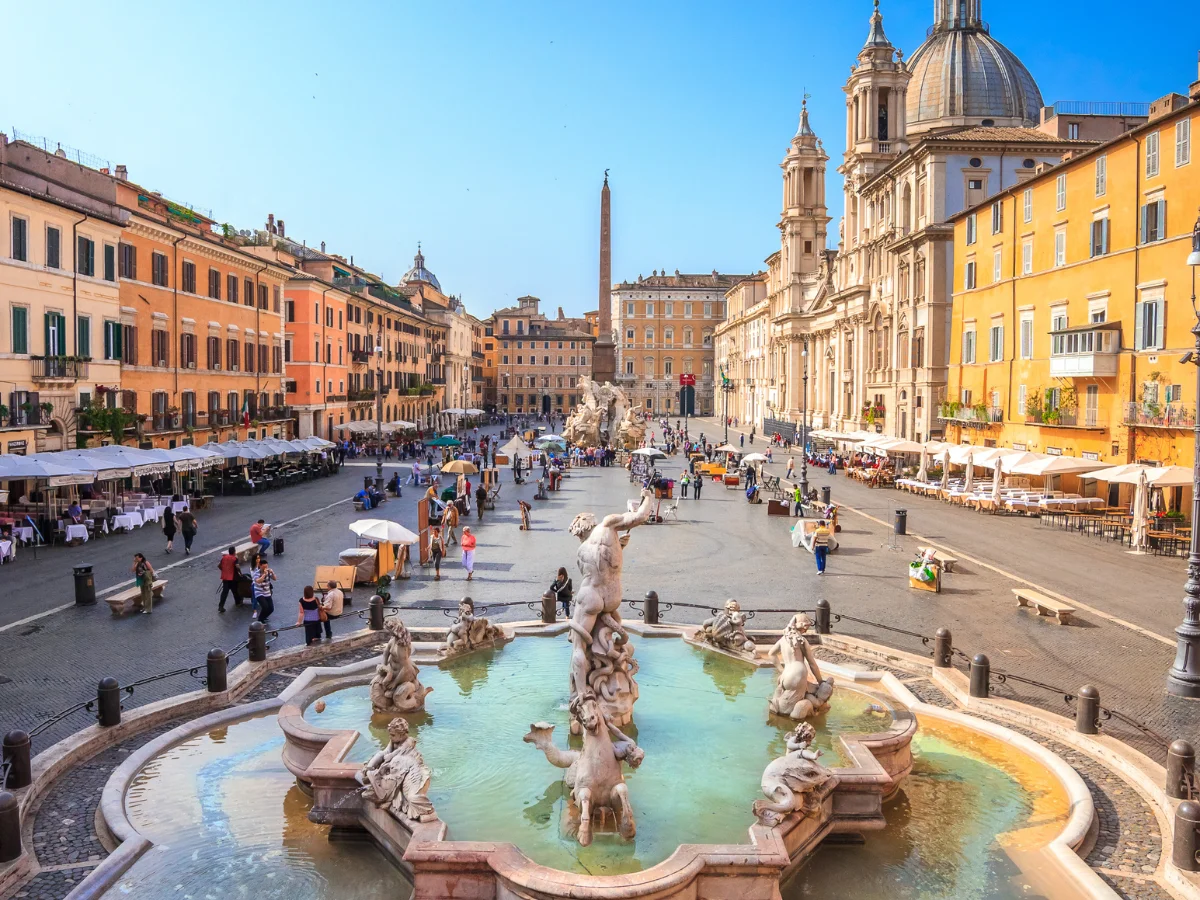Emperor Galba briefly ruled in 68-69 AD
Emperor Galba briefly ruled in 68-69 AD. His reign focused on restoring order and fiscal responsibility. Galba’s adoption of Lucius Calpurnius Piso as his heir sparked opposition. Assassinated by the Praetorian Guard, his death marked the end of the Julio-Claudian dynasty. Galba’s rule exemplified the instability of the era. Despite his efforts, his uncompromising nature led to alienation. His assassination foreshadowed the chaos of the Year of the Four Emperors. Galba’s legacy underscores the challenges of leadership in a period of transition and turmoil within the Roman Empire.

Ancient Rome: Emperor Galba briefly ruled in 68-69 AD
Emperor Galba emerged as a significant figure during a tumultuous period in Roman history. His uprising against Nero’s tyrannical reign marked the beginning of a series of events that would ultimately lead to the Year of the Four Emperors. Galba, a seasoned military commander and governor of Hispania, grew disillusioned with Nero’s extravagance and incompetence, prompting him to take action against the despotic ruler. With support from discontented factions within the Roman Senate and military, Galba proclaimed himself emperor, igniting a spark that would engulf the Roman Empire in chaos.
Galba’s Ascension in Hispania
Galba’s ascension to the imperial throne unfolded in Hispania, a pivotal moment in Roman history. As rumors of Nero’s misrule spread throughout the empire, Galba seized the opportunity to assert his authority and rally support from provincial governors and legions loyal to his cause. With Hispania serving as his power base, Galba positioned himself as a formidable challenger to Nero’s faltering regime. His decisive actions in Hispania laid the groundwork for his eventual march on Rome and the establishment of his rule as emperor.
The Clash with Otho: A Turning Point
As Otho’s forces clashed with Galba’s troops in the streets of Rome, a pivotal moment in Roman history unfolded. The struggle for power reached its zenith as rival factions vied for control of the empire, with Galba’s legitimacy as emperor hanging in the balance. The confrontation between Otho and Galba symbolized the shifting dynamics within Roman society. There loyalty to the emperor was no longer assured, and ambitious individuals sought to seize power for themselves. In the chaos of battle, the fate of the Roman Empire teetered on a knife’s edge.
Galba’s Demise and Unfulfilled Rule
Despite his initial triumphs, Galba met his demise before reaching Rome and solidifying his rule. His inability to maintain the support of key factions within the military and Senate proved to be his downfall, as opportunistic rivals, including Otho, conspired against him. Galba’s brief reign as emperor was marked by instability and uncertainty, as his attempts to reform the corrupt bureaucracy and restore fiscal discipline were met with resistance from entrenched interests. His untimely death served as a grim reminder of the perils inherent in the pursuit of power in the volatile world of Roman politics.
Legacy of Emperor Galba
Although Galba’s reign was short-lived and ultimately unsuccessful, his legacy endured as a cautionary tale of the challenges facing those who dared to challenge the status quo in ancient Rome. His uprising against Nero’s reign laid the groundwork for the events that would follow. Setting the stage for the tumultuous period known as the Year of the Four Emperors. Galba’s ambition and determination to confront tyranny resonated throughout Roman society. Inspiring future generations to question authority and fight for their beliefs. Despite his flaws and shortcomings, Emperor Galba left an indelible mark on the annals of Roman history. Forever remembered as a pivotal figure in the twilight of the Julio-Claudian dynasty.



